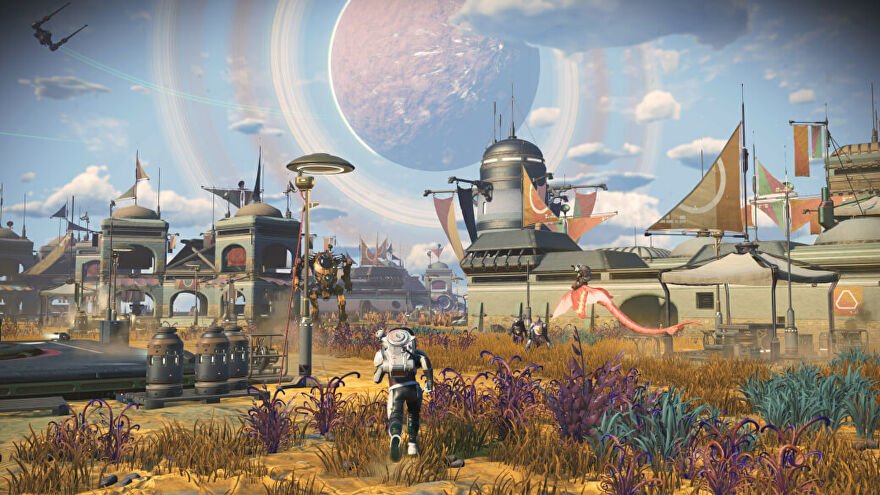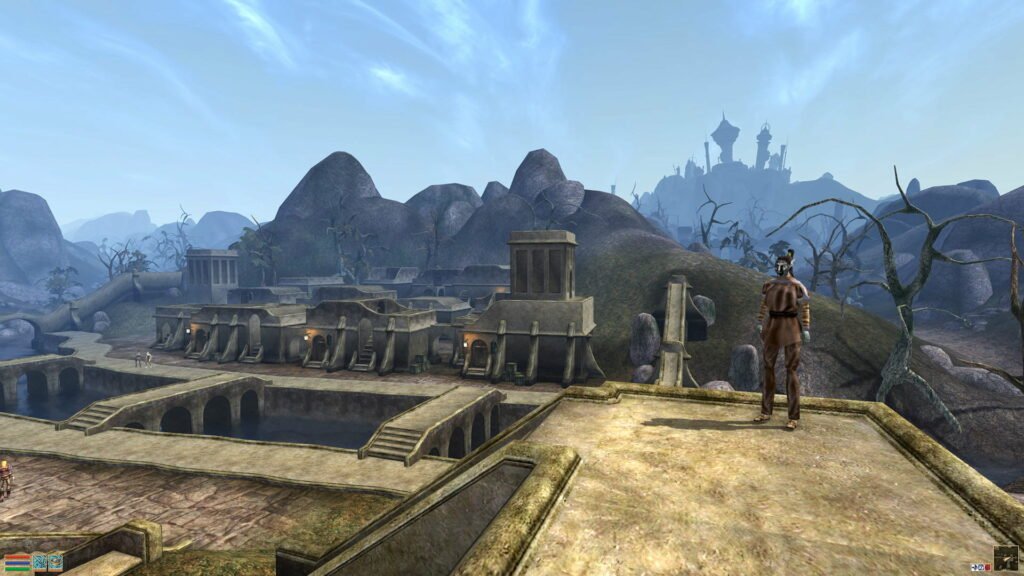Introduction
The rise of open-world 3D games has revolutionized the gaming landscape, offering players unprecedented freedom and exploration. Unlike linear games, open-world titles provide vast, immersive environments where players can roam freely, engage in various activities, and shape their own experiences. This shift towards open-world design has significantly influenced how games are developed and experienced.
The Concept of Open-World Games
Open-world games are characterized by their expansive environments that players can explore without restrictive boundaries. These worlds are often detailed and interactive, allowing players to engage with the environment and characters in meaningful ways. The concept emphasizes freedom, giving players the choice to follow the main storyline or pursue side quests and activities at their own pace.
Enhanced Player Freedom
One of the most significant aspects of open-world 3D games is the freedom they offer players. Unlike traditional linear games, where players follow a set path, open-world games allow players to explore at their own discretion. This freedom includes choosing when and where to engage in missions, discovering hidden locations, and interacting with various in-game elements. This level of autonomy enhances the overall gaming experience, making each playthrough unique.
Immersive Environments
Open-world games are renowned for their detailed and immersive environments. Developers invest significant effort in creating vast, visually stunning worlds that draw players in. These environments are often designed to be rich in detail, with dynamic weather systems, day-night cycles, and interactive elements. The depth and realism of these worlds contribute to a more engaging and believable experience.
Dynamic and Interactive Worlds
In open-world games, the environment often reacts to player actions. This interactivity includes dynamic weather changes, evolving storylines based on player choices, and living ecosystems where flora and fauna interact. For example, in games like Red Dead Redemption 2, wildlife behaviors and environmental conditions affect gameplay, adding layers of realism and immersion.
Engaging Side Quests and Activities
Aside from the main storyline, open-world games offer a plethora of side quests and activities. These can range from collecting items and solving puzzles to engaging in mini-games and crafting. Side quests not only provide additional content but also contribute to the world-building, allowing players to delve deeper into the game’s lore and characters.
The Impact on Game Design
The rise of open-world 3D games has influenced game design and development practices. Developers now prioritize creating expansive and interactive worlds, often using advanced technologies and techniques to enhance realism and immersion. This shift has led to the development of more complex game engines and tools, enabling the creation of detailed open-world environments.
Examples of Pioneering Open-World Games
Several games have set benchmarks for open-world design. The Elder Scrolls V: Skyrim is known for its vast and detailed fantasy world, allowing players to explore diverse regions and engage in various activities. Grand Theft Auto V offers a meticulously crafted urban environment with a rich narrative and dynamic interactions. The Legend of Zelda: Breath of the Wild redefined the genre with its expansive, freedom-focused world and innovative gameplay mechanics.
The Future of Open-World Gaming
The future of open-world 3D games promises further advancements in technology and design. Developers are exploring new ways to enhance interactivity, realism, and player engagement. Emerging technologies like virtual reality (VR) and augmented reality (AR) may further expand the possibilities of open-world experiences, offering even more immersive and dynamic environments.

Conclusion
The rise of open-world 3D games has transformed the gaming industry by providing players with unparalleled freedom and exploration. These games offer expansive, immersive environments that allow players to shape their own experiences and engage with the world in meaningful ways. As technology continues to evolve, the future of open-world gaming holds exciting possibilities, promising even richer and more dynamic experiences for players.

